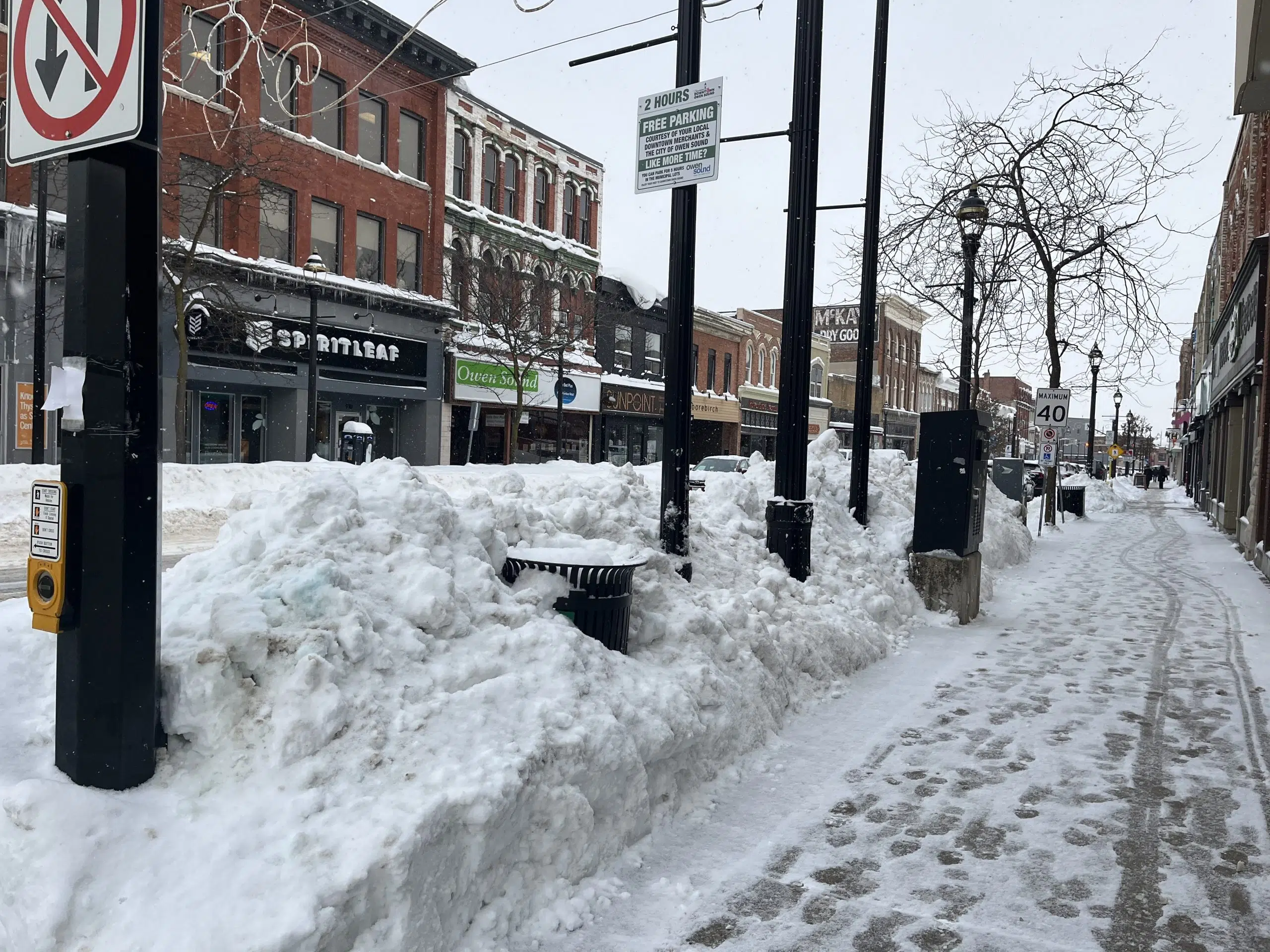A meteorologist at Environment Canada says the blizzard which slammed the Grey Bruce region over the holiday season resulted in about 70 centimetres of snow in Owen Sound.
Lead meteorologist at Environment and Climate Change Canada Monica Vaswani says the storm that pelted the area over the Christmas weekend started from an intense low which developed over the United States and moved to Ontario.
“It brought treacherous conditions to the Grey Bruce area and for many really east of the Huron Shores and Georgian Bay shoreline, and resulted in blizzards. Blizzard warnings were in effect for many days, and I do want to clarify that very specific criteria is needed to issue a blizzard warning. You need visibility of less than 400 meters to last for four hours and winds of 40 kilometres per hour,” says Vaswani.
She adds the storm also resulted in numerous road closures across the province, and received reports of large snow drifts reaching as high as four feet, creating impassable road conditions.
“Now because we did have so much blowing snow, it is practically impossible to know how much snow actually fell, because the blowing snow distorts any measurements that we can get. I did receive one report in Owen Sound of 70 centimetres of snow at an approximation, but it is definitely possible that there was more than that,” says Vaswani.
Vaswani was not able to identify if the storm had broken any records or when the last time a blizzard warning was in effect. She says, however, the low pressure system was measured 963 millibars.
“What that tells us is that it was a very intense low. We are used to looking at lows that are 980, 990, so the lower the pressure is, the stronger the system is often,” adds Vaswani.
Vaswani adds Environment Canada does not foresee any more heavy blizzards in the immediate future, with only flurries and snow squalls throughout the region.
In the event of another heavy snow fall, Vaswani advises heeding the advice of watches and warnings.
“In a blizzard warning, stay at home if you can. If circumstances allow for it, don’t get on the roads because that puts yourself in danger. However, one thing you can do really to prepare is have an emergency kit ready. You can go to getprepared.gc.ca. It talks about how to build an emergency kit and the things you require for it, and that way if you lose power for an extended period of time, or if you do happen to be out on the roads and you become stranded, you will have a backup plan,” says Vaswani.







